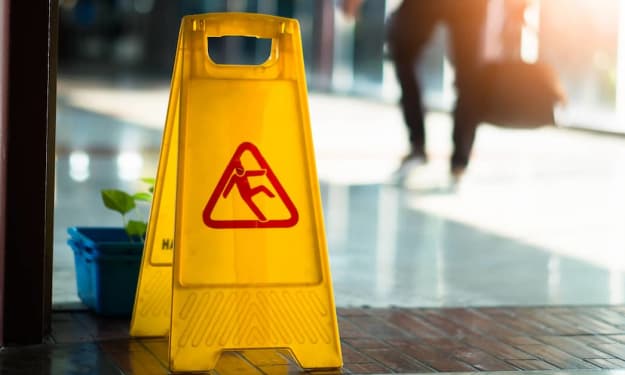
Wasp removal from your home is crucial because it concerns the safety of your family members. Wasps are dangerous air-borne insects that carry a mighty weapon in the form of venomous stingers capable of causing extremely allergic conditions and unbearable pain. Annihilation and complete erasing of wasps is necessary if you want to lead a safe and secure life. Wasps are no good for human because of the obvious reasons though they are helpful in keeping your kitchen garden pest free. Wasps kill spiders, caterpillars and other insects and crawlers that target your garden plants and wasps oblige house owners by eliminating them. This should not be taken in to consideration when it comes to the safety of your kith and kin and you must chalk out a plan with the help of BBPP, the best Wasp Removal Services Vaughan to remove wasps from your home.
Where do wasps build nests in your home?
Wasps build their nests in the safe and sheltered environment of your home and some of their favorite locations for building nests would include wall voids, attics, outhouses, dense bushes, leafy trees, under structural eves, and below ground. Social wasps mostly build nests above the ground hence can be spotted on the ceiling, walls, tree branches, tree trunk cavities, thicket near fence, barn, and in rodent burrows under the ground. Social wasps like paper wasps and hornets build nests above ground and the places we mentioned above. Yellow jackets live hidden and sometimes occupy vacated rodent burrows to build a series of catacomb type nests where they live in thousands. Solitary wasps like mud-daubers build nests above the ground and can be mostly seen on walls, wooden frames, and under the roof surfaces. Wasps’ presence in close proximity is a lurking danger and can fall up on you any time so you will need the best Wasp Nest Removal Vaughan such as BBPP to remove their nests from your home.
How to locate and identify wasps?
Wasps come under the broad classification of social wasps and solitary wasps. Solitary wasps are known to build nests in hidden places and under the ground. Their nests are made of mud and are single cells where one female wasp lives. Some solitary wasps can be seen on the walls and door frames with their prominent pipe like mud structures. Solitary wasps in comparison to social wasps are non-aggressive and they generally avoid human when their nests are attacked. Social wasps on the other hand can be mighty aggressive when it comes to safeguarding their nests and what contained in them. You can easily identify wasps by the way they build their nests and how they appear to you from near or far. Social wasps select above ground locations like trees and bushes, wall crevices, under the eaves, basement, foundation, attic, barn, outhouses, garage, rocks, pile of wood, false ceiling etc. social wasps like yellow jackets build nests underground locations such as rodent burrows. Underground nests are non-descript and loose and they can have several exit and entry points. Social wasps that live above the ground build their nests using wood pulp made from wood scrawls and their own saliva or water. These nests dry quickly and start resembling paper made nests.
Hornet’s nests are globular and the size of a football
Hornets prefer high grounds and projections to build their nests. Their nests are globular and in the size of a football with one single entry point at the bottom. They are easy to identify because of their size and shape and you may find more than a thousand hornets in a single nest. Paper wasps, the less aggressive types build visible nests hanging from walls, ceilings and tree branches etc. paper wasp nest population is not as big as yellow jacket nests or hornet nests. Paper wasps build flat catacomb cell nests hanging from a height and attached to the solid surface above with a wick like appendage.
Dangers associated with wasp removal
Wasp nest removal is fraught with danger. Wasps are equipped with venom injecting stingers. Multiple stings from them can hospitalize you with trauma and allergies. It is not possible for you to remove them because you may not be technically qualified to remove wasps. Without proper equipment and training it is impossible to remove wasps’ nests without getting stung. That is why we recommend that you engage professional Vaughan Pest Control Service .





Comments
There are no comments for this story
Be the first to respond and start the conversation.